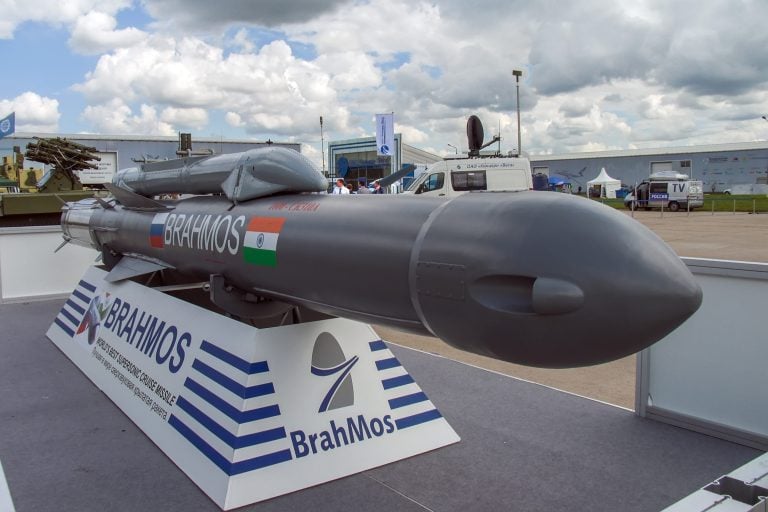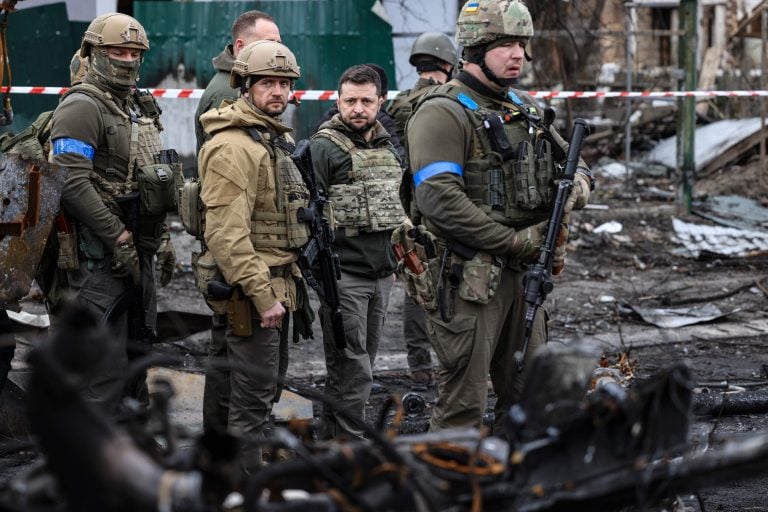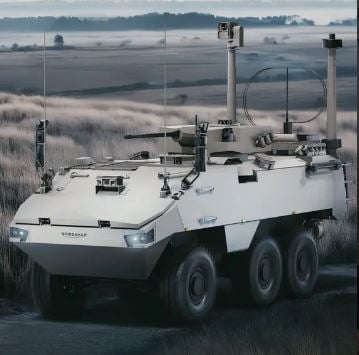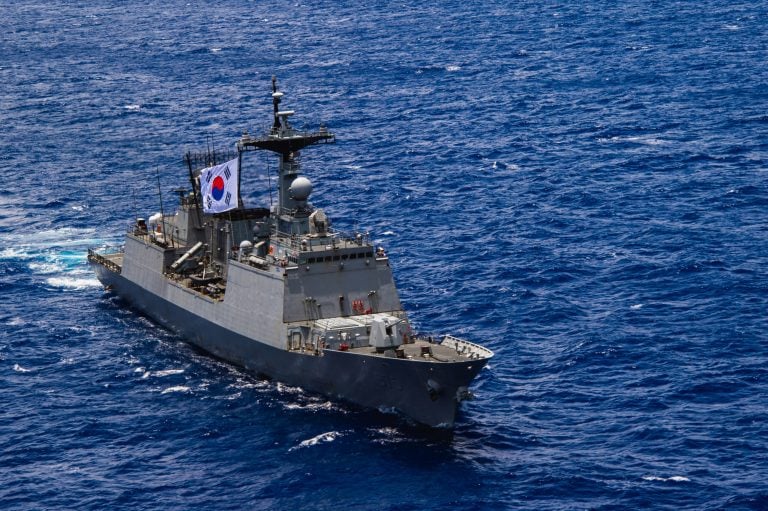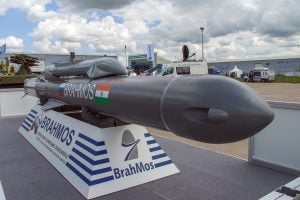The US Army is leveraging advanced virtual simulations to guide the development of the XM30 infantry fighting vehicle, designed to replace the aging Bradley model. Situated within a lab at the Detroit Arsenal, soldiers are engaged in virtual scenarios that provide critical feedback to engineers, aiming to enhance the design process, minimize costs, and avoid potential pitfalls before a physical prototype is created.
In a recent exercise, troops from the Fourth Infantry Division participated in a simulated mission set in a fictional European landscape, where they faced off against civilian role-players acting as enemy forces equipped with drones and armored vehicles. During the 40-minute scenario, the soldiers operated four virtual XM30s, engaging various targets as they worked toward their objectives.
The primary ambition of these simulations is to collect operational data and users’ insights that will directly inform the XM30’s design. By identifying issues early—such as a notable legroom problem in one of the vendor’s designs—engineers can address potential flaws without the substantial expense that comes with physical prototypes. According to Jeff Cambers, branch chief for modeling and simulation at the Ground Vehicle Systems Center, a significant portion of the design can be fine-tuned through virtual feedback, with physical testing reserved for minor refinements.
The insights gleaned from these simulations not only facilitate design improvements but also offer a preliminary framework for training future operators of the XM30, allowing lessons learned from current soldier interactions to shape training protocols.
As the Army’s approximately $45-billion initiative to replace the Bradley draws closer to a final decision, two main competitors remain: American Rheinmetall Vehicles and General Dynamics Land Systems. Each contender’s submission successfully eclipsed those from BAE Systems, Oshkosh Defense, and Point Blank Enterprises. Both finalists propose designs that can transport a minimum of six infantry soldiers, feature a 50-millimeter cannon, and are equipped to launch onboard drones for reconnaissance and strike operations.
This marks the sixth attempt to replace the Bradley Fighting Vehicle over the past 25 years, with hopes that the XM30 will be operational by the 2030s.



